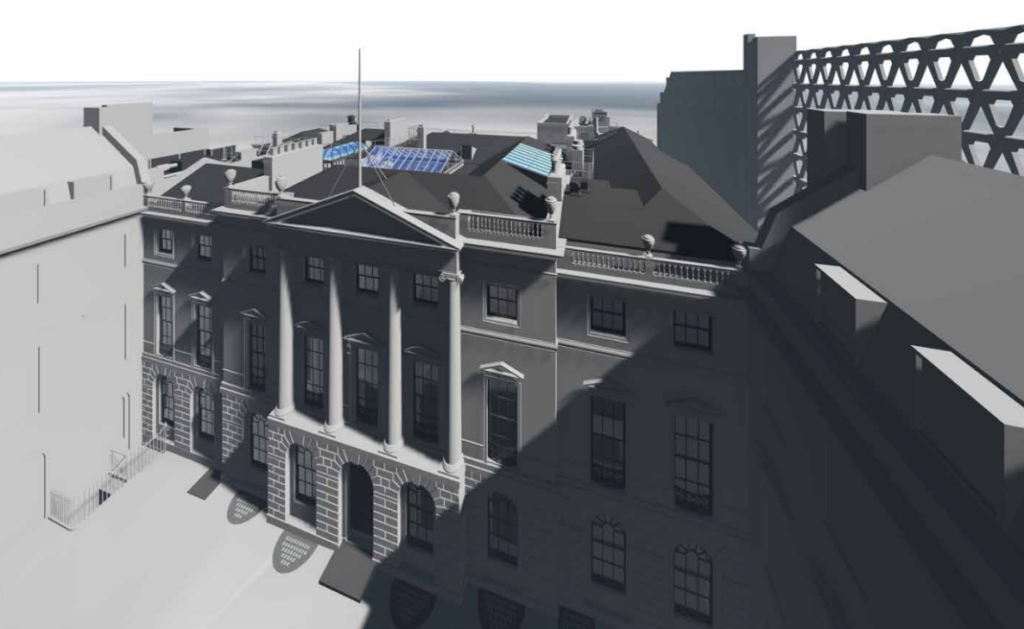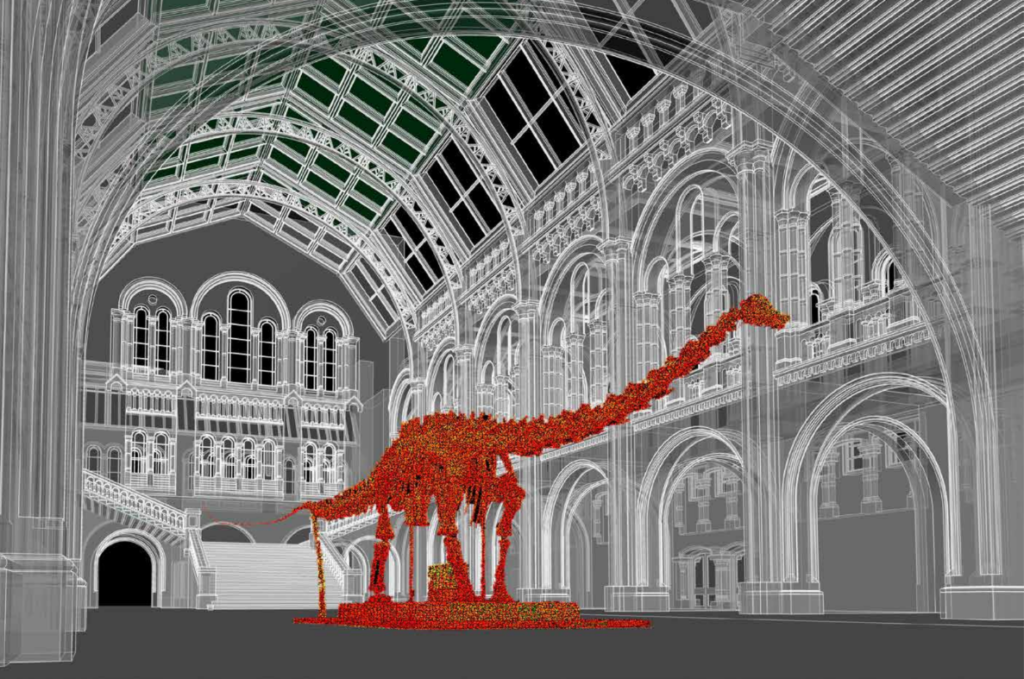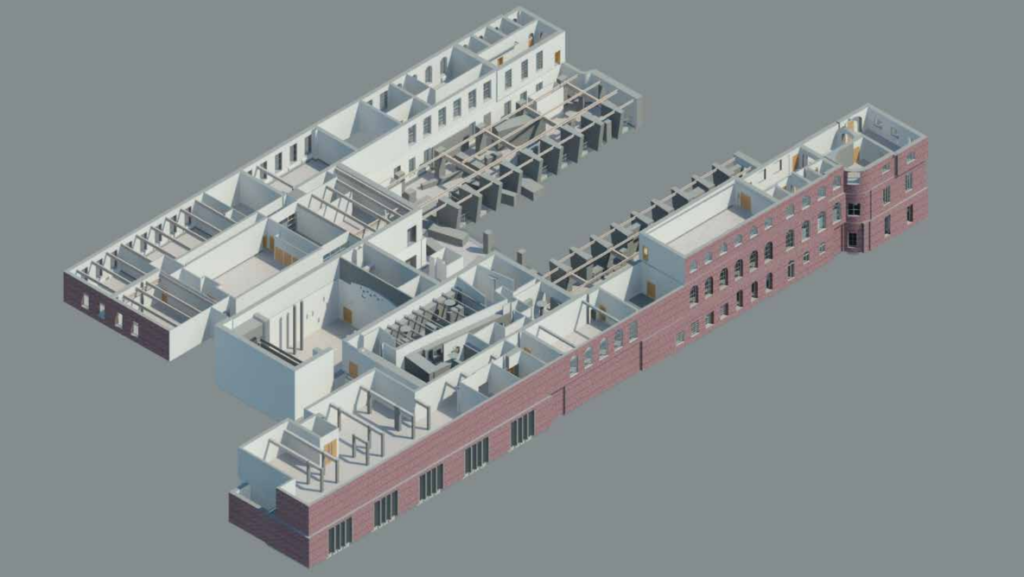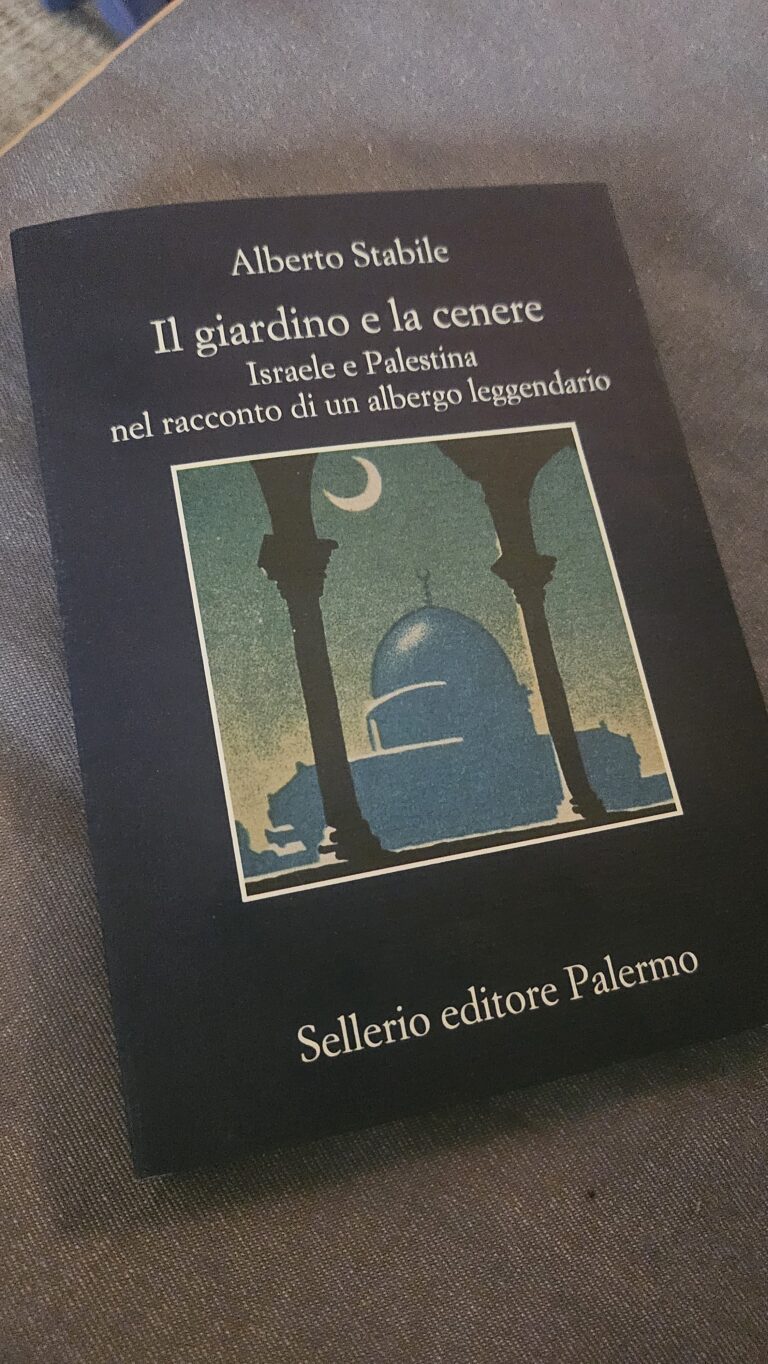Continuando sulla scia dell’articolo di ieri, qualche caso studio per mettere in prospettiva i principi del Council on Training in Architectural Conservation.
Developing a Historic Building Information Model
L’ultimo paper reperibile sulla pagina, Developing a Historic Building Information Model, è pubblicato da Historic England ma si tratta di un documento quasi esclusivamente commerciale, per promuovere l’adozione del BIM presso figure in posizione decisionale.
La stessa organizzazione è responsabile di specifiche per il rilievo e di linee guida sulle tecniche di rilievo.
Nella sezione finale, vengono presentati invece alcuni casi studio, la cui natura può essere utile per comprendere qual è la prospettiva adottata da Historic England e quali sono i campi di applicazione promossi.
A1 Leeming to Barton Project: Fort Bridge
Consulenti alla progettazione: AECOM e SWECO
Un’opera infrastrutturale la cui brochure trovate a questo indirizzo, con una interazione puntuale con preesistenze dal valore archeologico.


In early 2016 extensive archaeological remains were encountered at Fort Bridge, an area located in the south-west corner of Cataractonium Roman town. Photographs surviving from the A1 road construction in the late 1950s indicated that archaeological deposits adjacent to the road corridor had been severely damaged, and as a result no significant remains were predicted. However, work in 2016 revealed that remains of the Roman town were well-preserved.
Il materiale presentato all’interno del caso studio, tuttavia, è completamente inerente alla nuova ostruzione dell’opera infrastrutturale: obiettivo del modello è preservare la preesistenza storica, evitando interferenze con la nuova costruzione, ma la preesistenza storica non sembra essere stata soggetto del modello.
Edinburgh Waverley Railway Station
Rilievo e restituzione: AHR.
La principale stazione ferroviaria di Edimburgo e la seconda del Regno Unito, con un’area di oltre 100 000 m². Situata nel centro della città, si inserisce in un contesto complesso dal punto di vista delle stratificazioni storiche. Il risultato è comunque un modello informativo che non restituisce al suo interno le complessità del contesto.

Heritage projects are not substantially different from any other project using BIM. All BIM projects require forward planning, models and data. The only difference is the extra layer of historic data collected for heritage projects.
Woodseat Hall
Progettazione: Bamford Property Ltd/JCB.
Tenuta classificata di II grado, situata a Barlow Woodseats, nel Derbyshire, risale agli inizi del XVII secolo, anche se ci sono origini molto precedenti a prima del 1269. La parte di edificio su cui si concentra il caso studio è risalente al 1767, costruita da Thomas Bainbrigge in stile georgiano.
Il progetto prevedeva la conversione dello stabile, ma il caso studio si concentra principalmente sugli aspetti del rilievo e della visualizzazione, con output tradizionali.

The Oriental Club
Progettazione: van Heyningen e Haward Architects
L’Oriental Club in questione è un’istituzione del 1824 con sede nella Stratford House vincolata in Classe I, del XVI secolo, appena fuori Oxford Street a Marylebone, Londra. È stato progettato da Robert Adam, lo stesso architetto che ha progettato il celebre Pulteney Bridge di Bath.
Oggetto del caso studio, la ristrutturazione del club.

Ex-ufficio postale di Dundee
Rilievo e restituzione: Greenhatch Group.
Centro di questo caso studio, l’integrazione di elementi mesh nel modello informativo a scopi di visualizzazione. Il caso studio ufficiale è disponibile a questo indirizzo. Anche in questo caso si parla di output dimensionali.

Londra, edificio scolastico di epoca vittoriana
Rilievo e modello: Greenhatch Group.
Because of the age of the main school buildings, the roofs had spread, causing the exterior walls to bow outwards. After discussions with the client, tolerances were set for the modelling of any vertical deviation and these elements were dealt with in one of two ways.

Londra, Museo di Storia Naturale
Restituzione: Mollenhauer Group.
Il caso studio riguarda il rilievo con laser scanner e la restituzione in Revit di facciata e spazi esterni per il complesso museale di storia naturale a Londra, un edificio straordinariamente particolare sotto molti punti di vista.

L’obiettivo dichiarato era quello che la ISO 19650 avrebbe poi chiamato asset regster, ovvero il miglioramento di qualità e quantità per le informazioni a disposizione sull’immobile esistente, specialmente in relazione alle aree aperte al pubblico (29 gallerie, 4 negozi, 6 caffetterie).
Because of the number of visitors that the Museum receives, the scans had to be done out of normal operating hours. Even out of normal operating hours, the programme had to be scheduled around evening events, which could go on till 03.00. This scenario posed problems
with lighting.
Imperial War Museum, Lambeth Road
Rilievo e restituzione: Stanburys Ltd.
Survey control was established externally in the form of a closed-loop traverse using a total station and global positioning system (GPS) solution that enabled referencing of the data to the UK Ordnance Survey (OS) national grid.






No Comments